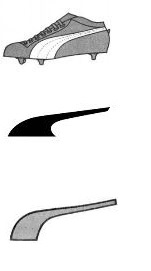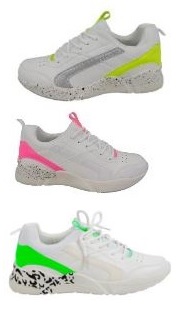Trademark agency Abcor - protect your trademark
Contact
If you have questions or want to know more about our services?Please mail: info@abcor-ip.com
Please call: 31 (0)71 576 3116
For this reason, he initiates actions claiming copyright. However is that possible, given the fact that the cube is a technical invention and therefore belongs in the regime of patents? The court sees the cube as an invention and judges the mere shape, without colours, is not worthy of copyright protection. The use of the contrasting colours on the surfaces however is copyright worthy. Therefore, cubes with similarly coloured surfaces are infringing the Rubik Cube and should be destroyed. However, the Kamasutra Cube and the Sudoku Cube give a sufficiently different overall impression and are allowed.
copyright
